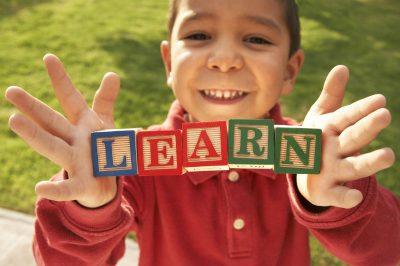
Types of education
Besides the classes taught in schools, children also take lessons from the experiences outside their classrooms. The three main types of education are formal learning, non-formal, and informal.
-
Formal schooling
It is defined by the setting in which it takes place, mostly a school. Formal teaching is institutionalized and regulated with a set of rules. It has different levels, and each level has a syllabus and topics to be covered.
In this tutoring, there are formal exams prepared by the teacher to the students. The students have to pass the exams to proceed to the next level. Some of the exams require the students to pass their papers through a plagiarism checker to ensure their papers are original as copying is a serious offense. Students go for the best free plagiarism checker to ensure their papers are checked for plagiarism well.
A student starts at the lower levels and progresses upwards. Normally, formal tuition starts at elementary school and continues to high school and college/university. At the university and college level, an academic degree is awarded. All levels aim at making the students employable.
In the modern world, formal schooling is the most common type of learning. It is administered by teachers and professors who are qualified in the art and science of instructing. The teacher and the students know their role, and they do what is expected of them to ease the learning process. Some of the instances of formal education include learning in a school, college, or university.
-
Informal schooling
This type of teaching is not in a formal setting. It does not follow a certain learning style. There are no fixed timetables, exams, or levels. Informal studying is not planned, and conscious efforts are not mandatory. Students can learn in the kitchen, market, or sitting outdoors. You can read a guide to informal learning to further examine this issue. Some instances of informal teaching include teaching a child a different language or learning how to cook.
The main characteristic of informal teaching is that it is a lifelong process. It is natural, and it happens every day, without being planned for.
Non-formal education
Non-formal education involves people who are in pursuit of literacy, basic skills, and job skills. Some of the most common instances include adult learning, individualized learning, online studying. Non-formal teaching is conscious, systematic and deliberate. Normally, it is organized by a group to meet the needs of a certain group. The design of the syllabus and teaching methods are flexible enough to favor individuals in the group.
Conclusion
All types of schooling share the goal of imparting knowledge. Despite the setting or method of teaching, education should be tailored to enhance skills and the employability of the student.










